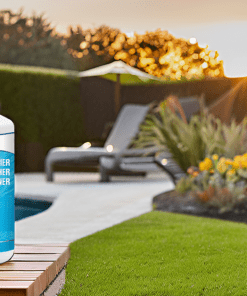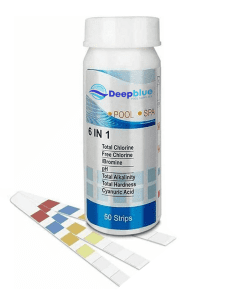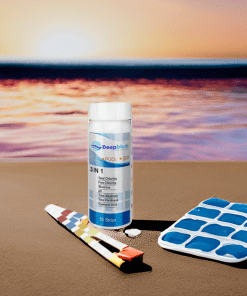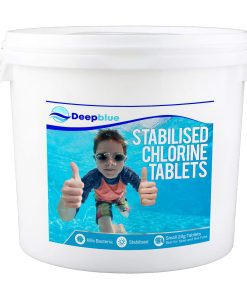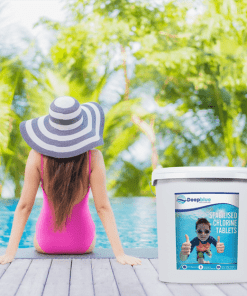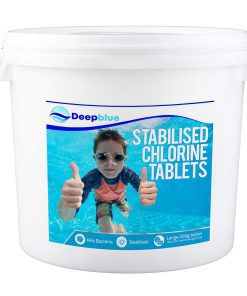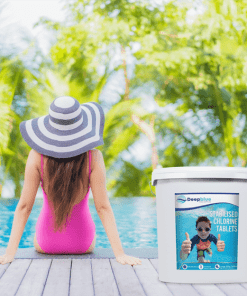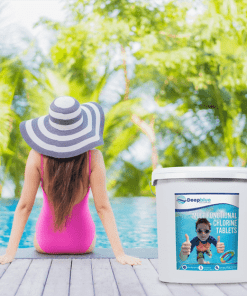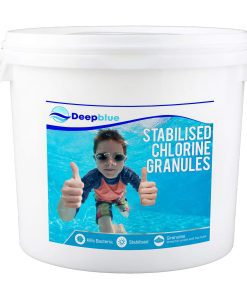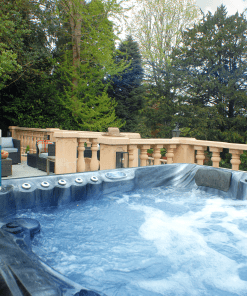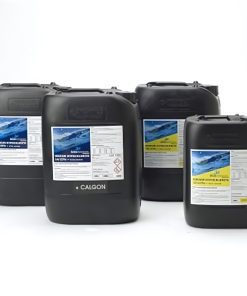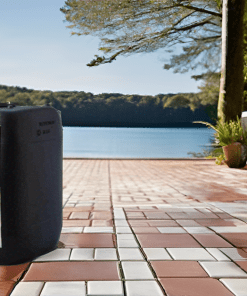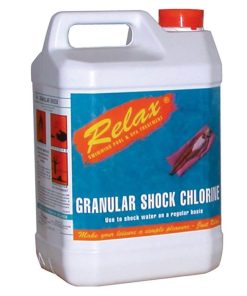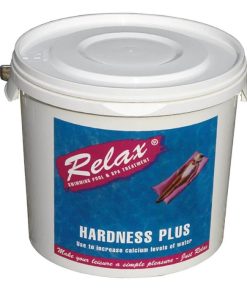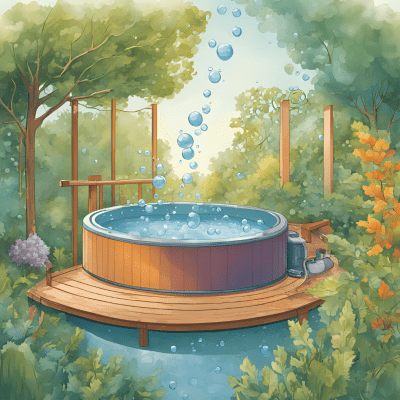Hottub, Swimming Pool
The Hidden Dangers in Your Hot Tub: Understanding Legionella and Spa Pool Safety
The Hidden Dangers in Your Hot Tub: Understanding Legionella and Spa Pool Safety
Hot tubs and spa pools offer relaxation and therapeutic benefits, but they also pose a risk of harboring harmful bacteria if not managed correctly. One of the most significant concerns is Legionella pneumophila, the bacteria that causes Legionnaires’ disease [1]. This isn’t just a problem for public facilities; even hot tubs in private homes need proper attention to ensure the safety of everyone using them.
Legionella thrives in warm water, typically between 20–45°C, which is a common range for hot tubs and spas [2]. The water’s agitation and aeration create aerosols – tiny droplets of water – that can be inhaled, leading to infection. The presence of organic matter, like sweat, dead skin cells, and lotions from bathers, provides a food source for these bacteria [3]. This is why regular cleaning and disinfection are absolutely crucial.
The risks aren’t just limited to Legionella. Other bacteria, such as Pseudomonas aeruginosa, can cause skin infections, particularly folliculitis [4], and environmental mycobacteria can lead to respiratory issues [5]. Proper management and maintenance of your hot tub or spa pool are therefore essential to safeguarding the health of all users.
What can you do to protect yourself and others?
Firstly, if you manage or operate a spa pool, you must comply with health and safety law, specifically the Health and Safety at Work etc Act 1974 and regulations under it [6, 7]. This means carrying out a thorough risk assessment [8], putting in place a control scheme [9], and making sure the systems work properly.
- Regular Water Testing: Test your spa water regularly for pH and disinfectant levels. Aim for a pH between 7.0 and 7.6 and disinfectant levels of 3-5 mg/l for chlorine or 4-6 mg/l for bromine [10, 11].
- Consistent Disinfection: Use appropriate disinfectants, such as chlorine or bromine, ensuring that the correct levels are maintained [12].
- Filter Maintenance: Clean and maintain your filters according to the manufacturer’s guidelines. Consider replacing them regularly. Proper filtration removes particulate matter, helping disinfection to work effectively [13].
- Regular Water Replacement: Change the water at least weekly or after each group of users, whichever is sooner. If the spa is used frequently, more frequent changes may be necessary [14].
- Thorough Cleaning: Clean your spa’s surfaces, jets and pipework regularly. Pay special attention to areas like the waterline, skimmers, and overflow channels [15].
- Shower Before Use: Encourage all users to shower before entering the spa to reduce the amount of organic material introduced into the water [16].
Frequently Asked Questions (FAQs)
Is Legionnaires’ disease a common risk in hot tubs?
Yes, spa pools are a recognised source of Legionnaires’ disease due to the environmental conditions that allow the bacteria to thrive [1].
What temperature should a hot tub be kept at to avoid Legionella?
While warmer temperatures are more comfortable, aim to keep your hot tub at 30-40°C and ensure proper disinfection [17]. Regularly test your water.
How often should I clean my hot tub filters?
Clean your filters regularly, at least weekly, and consider replacing them periodically as per the manufacturer’s instructions [18].
Can I use my hot tub if I have a respiratory condition?
People with existing respiratory diseases and those with an impaired immune system are at higher risk. Seek medical advice before using a hot tub [19, 20].
What should I do if I suspect a contamination issue in my hot tub?
If you suspect that your hot tub water is contaminated, close it to users, shock dose the water, and contact an expert [21-23].
By taking these precautions, you can enjoy the benefits of your hot tub while minimizing the risk of infection.
Related Products
Best Online Sellers



